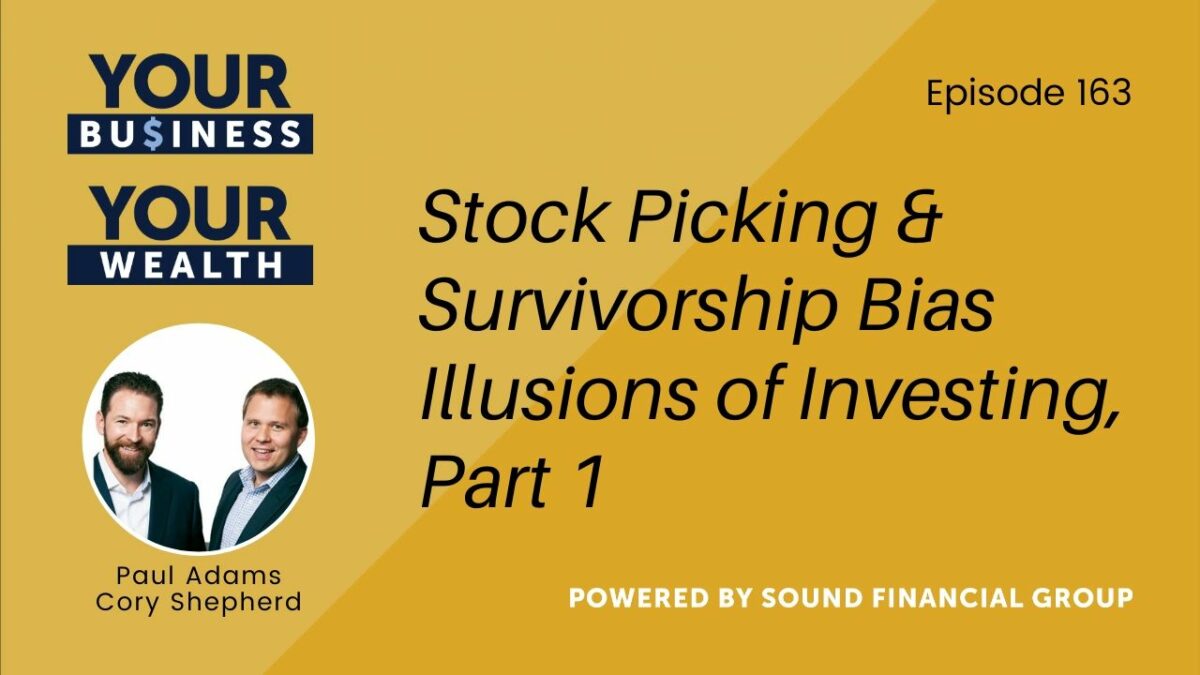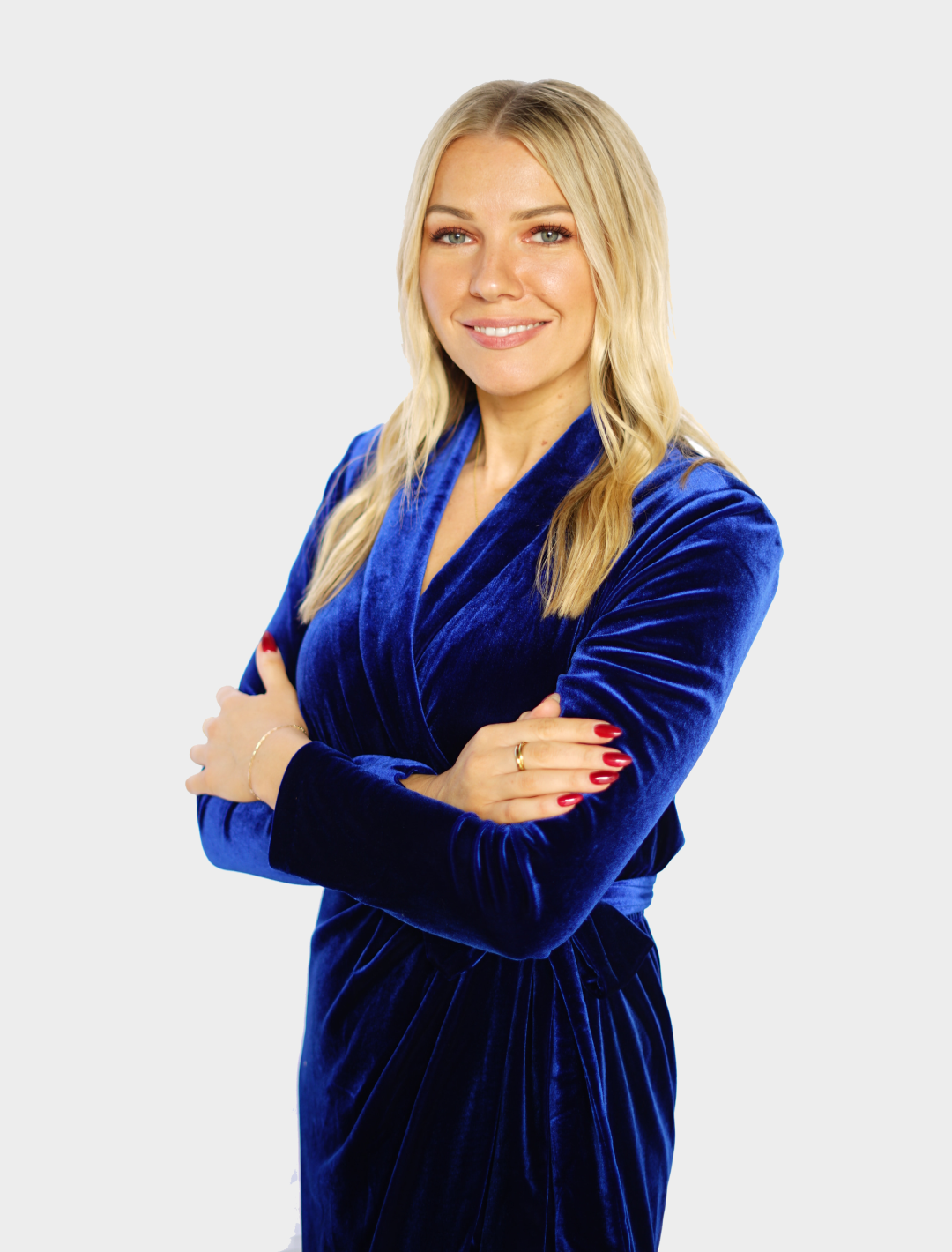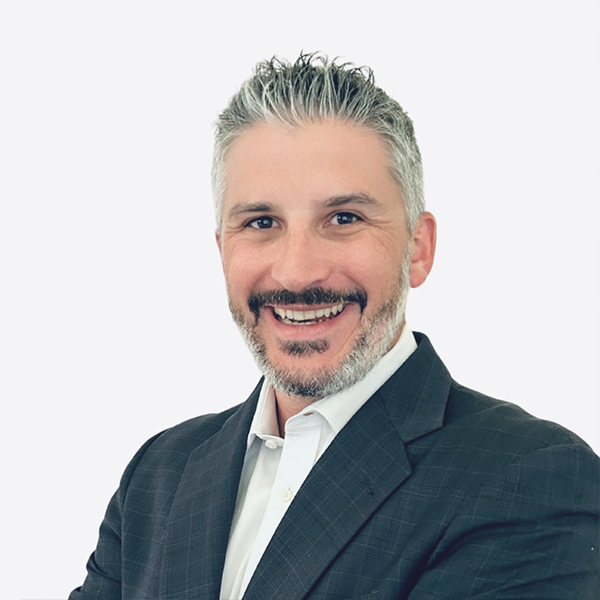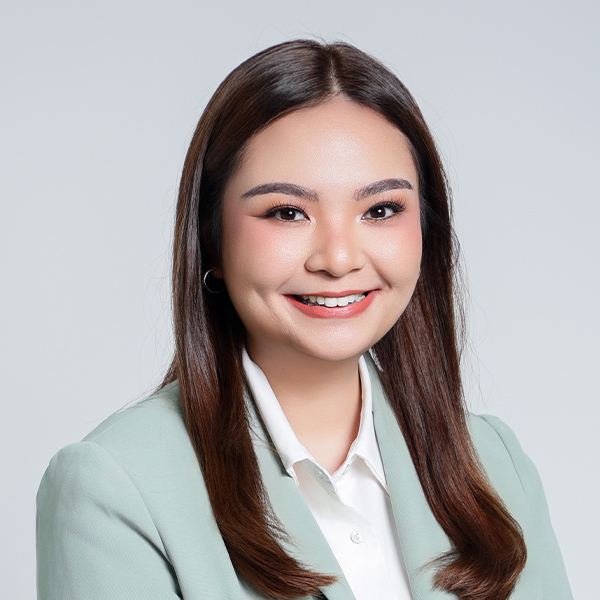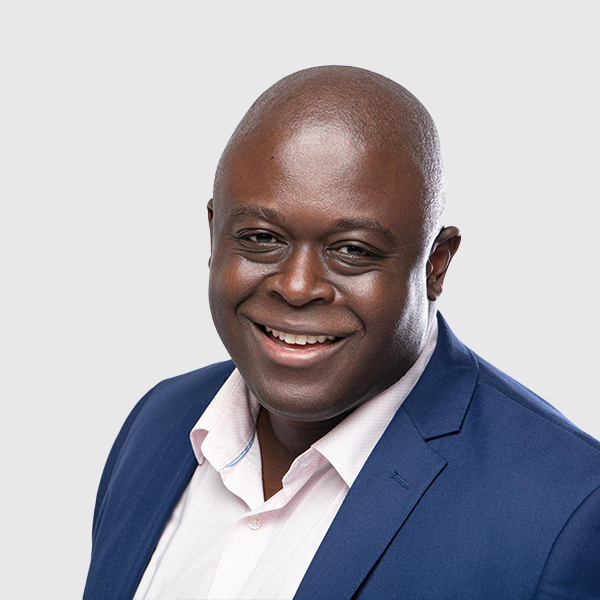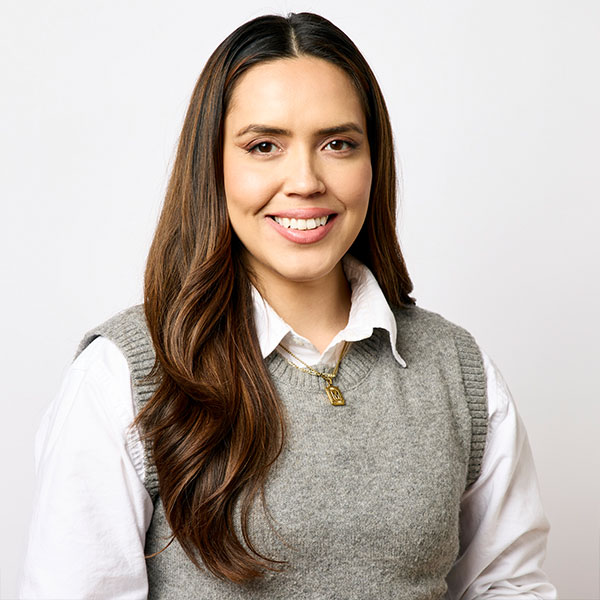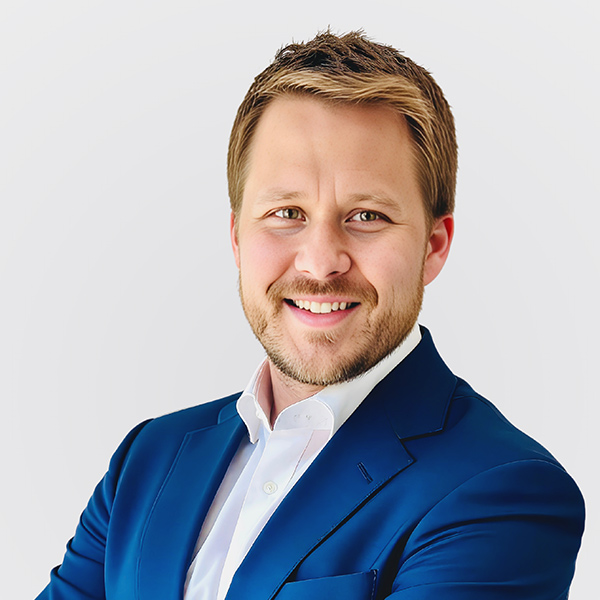PODCAST EPISODE 163: STOCK PICKING & SURVIVORSHIP BIAS ILLUSIONS OF INVESTING, PART 1
EPISODE SUMMARY
In this episode of Your Business, Your Wealth, Paul and Cory begin a discussion on stock picking and survivorship bias illusions. Specifically, they focus on the illusion that individuals and advisors can consistently and predictively outperform the market. Paul takes the audience through the history of mutual funds and provides an investment example to further his point on survivorship bias. Finally, Paul breaks down the two narratives that often occur when investing in the marketplace.
WHAT WAS COVERED
- 01:03 – Cory recalls the story of how he and Paul initially met
- 02:31 – Introducing today’s topic, Stock Picking & Survivorship Bias Illusions
- 03:05 – Paul tells his back story in finance
- 06:54 – What is an illusion?
- 07:11 – Illusions Paul and Cory will cover in this series
- 07:50 – The illusions of stock picking
- 08:15 – The WWII example
- 11:24 – Survivorship bias
- 12:36 – Paul interrupts the podcast to provide the audience with a special offer
- 13:36 – The evolution of mutual funds
- 19:11 – Paul performs an investment assessment through the lens of survivorship bias
- 21:06 – The two narratives of investing in the market
- 22:37 – Paul encourages the audience to share this episode and leave a review
TWEETABLES
[Tweet “I realized that where I was, while I had been happy, was leaving me grossly under protected and underserved, and thus was likely leaving many many of our clients in the same way. #YourBusinessYourWealth”] [Tweet “An illusion is something that deceives by producing a false or misleading impression of reality. Like a mirage in the middle of a desert, that mirage looks real, but it’s an illusion. #YourBusinessYourWealth”] [Tweet “But first, let’s just tackle that illusion of stock picking…The illusion is that the investment advisors can consistently or predictively outperform the market based upon their knowledge in selecting individual securities. #YourBusinessYourWealth”] [Tweet “One of the things that happens for all of us is we go down the road, say in business or life, and we’re only looking at the survivors. And then we underestimate the amount of risk on the other side of the equation. #YourBusinessYourWealth”] [Tweet “The data is absolutely overwhelming that individuals and even the best of the best asset managers making tens of millions of dollars a year, cannot outperform the market. #YourBusinessYourWealth”]
LINKS
Sound Financial Group’s Website for a Financial Inquiry Call – [email protected] (Inquiry in the subject)
Your Business Your Wealth on Instagram
Your Business Your Wealth on Facebook
Sound Financial Group on LinkedIn
Cape Not Required (Cory’s Book)
Sound Financial Advice (Paul’s Book)
Clockwork: Design Your Business to Run Itself
Unconventional Success Book – Unconventional Success: A Fundamental Approach to Personal Investment
SHARE THE SHOW
Did you enjoy the show? We would love it if you subscribed today and left us a 5-star review!
Click this link – Your Business Your Wealth
Click on the ‘Subscribe’ button below the artwork
Go to the ‘Ratings and Reviews’ section
Click on ‘Write a Review’
MUSIC CREDITS
“Legends Are Made” Copyright 2017. Music, arrangement and lyrics by Sam Tinnesz, Savage Youth Music Publishing SESAC and Matt Bronleewe, UNSECRET Songs SESAC
EPISODE TRANSCRIPT – FORMATTED PDF
EPISODE TRANSCRIPT – ORIGINAL TEXT
Paul Adams: Welcome to Your Business Your Wealth where your hosts Paul Adams and Cory Shepherd teach founders and entrepreneurs how to build wealth beyond their business balance sheets.
[music]
Cory Shepherd: Hello and welcome to Your Business, Your wealth. I’m Cory shepherd President of Sound financial group and co-host of this show. It’s gonna be just me for a little bit here at the beginning, different kind of episode. I’m gonna give you an intro, and then hand it over to Paul. I don’t think we’ve shared with a lot of you how we first got together. I had a very unique journey in joining forces with Paul, that started with a random connection on LinkedIn in fact, I thought I was recruiting him, he was trying to get me to join him in the other direction. So we had a few minutes of working out that conversation at the beginning of our first coffee, and I was on the leadership team of a major traditional planning organization and really happy where I was, so I said Hey, thanks but no thanks. And I see that you’re clearly not looking to move anywhere either, so maybe we don’t need to keep talking. And Paul said, “Oh let’s just keep having a set of conversations. Let’s just keep chatting about different things about the industry. We’re two professionals there. And so we had a series of friendly conversations around a few different things that then friendly turned into serious when he helped me discover some financial elements I wasn’t caring for, for my own family, let alone my clients.
Cory Shepherd: And I realized that where I was while I had been happy was leaving me grossly under-protected and under-served, and thus was likely leaving many, many of our clients in the same way, so, quickly became a moral imperative for me to not be where I was as happy as I was being there, I just couldn’t do it anymore. And joined force with Paul to start a journey towards telling our clients, the whole story about what’s going on with their money, and so he’s gonna lead you through the first piece of a set of conversations we had together when we first started talking today Part One of delusions of investing around stock picking and survivorship bias, in the market and how folks are looking at completely the wrong set of data when they’re making their financial decisions. So with that, I’ll turn it over to Paul.
Paul Adams: Well, for all of you listening, you may wonder when somebody gets in a financial business, what do they do, what do those early stages look like and who influences them the most? Well, my story started at the age of 18. I joined a major financial firm as an internship, but the internship was really an opportunity to start building a book of business. This company has a lot of turnover in their early internships, which leaves them kind of inheriting a lot of clients, but at the same time, some of those folks broach out and become quite successful advisors.
Paul Adams: So I had a chance to meet with a wholesaler with a mutual fund company. So think like pharmaceutical rep that goes and meets with doctors and says This is why you should prescribe our medication except for the financial business when it’s mutual funds, they begin to go around and say “Here’s why you would want to take time and introduce our mutual funds to your clients.” Now, early on, that was wonderful to me. I was 18 years old, I was enormously overweight meaning I could put away the groceries. At that time, I weighed about 240 some pounds, and I was not a foot taller. And this gentleman. He said, “Well why don’t we go… We’ll have lunch at Denny’s which was nearby the office at that time.
Paul Adams: We’re just gonna talk, I’ll share with you a little bit about mutual funds educate you, etcetera. And I was like, “Oh that’d be great. Sure enough, spend some time going back and forth. I learned a lot, and at the end of lunch, because my parents raised me right, I had just learned a lot. So, of course, I should buy lunch, I go to take out my credit card to pay and he says, “No, no, no, I got this.” I said “You can’t buy me lunch. You’ve just gone through and spend all this time educating me, it’s the least I could do.” He says, “It’s okay. The company pays for it. It’s part of what I do. And of course I was a little bit naïve, I was 18 years old, I didn’t know, so it sounded pretty good to me. And those lunches at Dennis for that educational experience became lunch at PF Chang’s, became dinner at PF Chang’s, became dinner at Roys or Ruth Chris. You see, over the years, the mutual fund companies have this entire sales model, where they go out and share the story of their investments. Or as you guys are going to learn through this set of talks you also learn about survivorship bias and that some stocks get shut down.
Paul Adams: Those stock mutual funds get shut down when they have bad returns and the returns go way. But I didn’t know any of this because where I was all my education coming from? That mutual fund complex. And that’s the case for many advisors in their early career and some of them decades and decades into their career, because those dinners, also became “due diligence trips” to the Ritz-Carlton, and it wasn’t until after years of being exposed only to mutual fund companies, education about mutual funds that I tripped over some academic data, and when I tripped over the academic data, I was reading a book called unconventional success. It is a very dry read. I don’t recommend it to people but what this gentleman talked about he was the manager of the Yale endowment and he started to talk about all the things individual investors should do, to be able to manage money the same way the endowments to… And then he discovered part way through writing the book that there’s no way they could do it with the kinds of barriers that are put between them and the mutual funds. So what we’re gonna cover throughout this series is all of the illusions that got exposed as we dove into the academic data as we dove into the people that are worried about getting these statistics and the financial models, right? They’re not worried about pitching a particular mutual fund.
Paul Adams: We call all of that the illusions of investing. And those illusions. We’re gonna go over. Then we’re gonna talk a little bit about the independent scholarship of investing and then in our last of the series, we’re gonna cover what can you actually do about it. So with that, let’s just talk about what is an illusion. An illusion is something that deceives by producing a false or misleading impression of reality. Like a mirage, in the middle of a desert, that mirage looks real. But it’s an illusion.
Paul Adams: Now, some of the main illusions we’re gonna cover in this series are stock picking. The myth being that somebody can pick stocks and outperform the market place. Number two is track record investing that if a mutual fund manager did well in the past, they’re probably gonna do well in the future. Third is market timing. Can I get in and out of the market at a time that’s actually gonna serve me and my family and my portfolio. The costs of investing as well as letting somebody else handle the money. Like just delegating to somebody else whether that’s your spouse or some advisor where you’re no longer taking an active role in it, and some of the dangers around it.
Paul Adams: But first, let’s just tackle that illusion of stock-picking. That is the illusion that someone can choose stocks with the belief that those stocks are gonna do well in the future. The illusion is that the investment advisors whether it’s an individual advisor, or the head of some mutual fund company, can consistently or predictably, outperform the market based upon their knowledge and selecting individual securities. And to start laying this out for all of you, what I think is the easiest to do is, we’re just gonna rewind the tape back to an event most of us are familiar with, which is the Allied eventual victory in World War II. Now when WaLd got a room full of people. And some people are buffs, a little bit on World War II and know a lot about it. A lot of people raise their hand about “Where was World War II won?”
Paul Adams: And it’s often that we’ll hear things like, It was the Pacific theater or Battle of the Bulge, or it was “The Allied’s press into Europe on a particular date, you know D-Day, all that. That all of that is appropriate. There’s nothing wrong with it, except it’s incomplete. Because what I wanna offer is that a huge part of World War II may have been Won in a small smoke filled department in Harlem, New York, populated by mathematicians. You see these folks that were in this room would get a bunch of data sent to them by the generals out in the field.
Paul Adams: And those generals would send things like scatter graphs. So for those of you listening right now, I’ve got up on screen this aircraft with a whole bunch of bullet holes in it, and they would send this back to his team of mathematicians and their job was… We need to figure out. Where these planes are being hit, we need to armor than more effectively, and then we also need to know how much less in payload meaning what can they carry in terms of bombardment capacity on the enemy and fuel load because long-range bombing was one of our huge advantages in World War II. And the mathematicians worked everything up and they were about to send it out the door, and right when they were gonna send it out the door, what happened… Another mathematician stopped it who wasn’t working directly on that project because he saw the data leaving and he said, “Stop. We can’t send that to the generals.”
Paul Adams: And of course, all the other mathematicians were like, “What, why would we not do that?” The gentleman’s name was Abraham Wald and he said you’re studying the wrong aircraft. So what do you mean these are the aircraft that they sent us all the bullet holes of why would we now say we’re studying the wrong aircraft? He said you’re studying the aircraft that returned after delivering their payload.
Paul Adams: Those are not the ones we have to worry about, the ones we have to worry about are the ones that didn’t make it, that you don’t have the bullet holes for. Now, for those of you watching our show you’re gonna notice on this graph, that there’s some key areas that never got impacted by those bullet holes and that is the engines, the cockpit and a particular weak part of the wing. Now, when people see this second picture they suddenly go. Well, of course, of course we are studying the wrong aircraft. They corrected it, they only put additional armor on specific areas of the aircraft allowing them to still have their long-range bombing capacity and be able to deliver enormous payloads on the enemy, which I think may have governed the tide of World War II.
Paul Adams: And many economists lean toward this idea that later was further laid out by Abraham Wald of survivorship bias that is that one of the things that happens for all of us is, we go down the road, say in business or life and we’re only looking at the survivors. And then we underestimate the amount of risk on the other side of the equation. A simple one would be look at all of you as business owners listening, that we know that most businesses are not successful. But you’re not present to that every day because every other business owner you’re around is successful. They live in your neighborhood, they go to your church, all of those things. And the people who have some sort of enormous business failure regularly drop out of the community of other business owners because they have to go get a job or do something else. So all that to say that we have to be careful of this idea of survivorship bias.
Paul Adams: Okay, Paul, that’s all. Well and good. What does that have to do with investing? Well, it has to do with how the mutual fund companies manage and guard their data, especially the data they release to the general public. So let’s just look at how many mutual funds have existed when they first were incepted back in 1923.
Paul Adams: Hey everybody, I had to interrupt our show for just a moment to share with you something new. We’ve designed a new white paper that we think is gonna add you value in the way that you think about money. It’s three of the biggest mistakes we see people make and six ways to fix them. Now, for some of you, you might not want the white paper, you might be ready to have a conversation with us and that is Okay, you can email us at [email protected], that’s [email protected]. Find us on the web at yourbusinessyourwealth.com. And any time, on any of our social media platform send us a message and we can get you this White paper, but in the meanwhile, if you want to just skip over the white paper, have a philosophy conversation with us, we’re happy to do that with you. Just let us know, philosophy conversation as the subject line.
Paul Adams: And if you want this white paper, just put white paper in there, and we’ll immediately get out to you this white paper on the three biggest mistakes that we see people make, and the six things that you can do to fix them. And now, Back to our show.
Paul Adams: If we go back, we see there was one mutual fund that was the First Bank of Boston now known as MFS or Massachusetts financial services, they had one mutual fund all the way back in 1923, and this began the democratization of individual’s ability to build diversified portfolios, prior to this. You just went to a stock broker and you bought some stocks that was it. And over time, you see year over year over year, the mutual fund universe building. Now to a great degree, mutual funds were only added. All the way up through 1961 where now there were 273 funds and that was our first extinction level event, in the mutual fund industry where 33 funds were killed. Now, over time, we have a total of 32,000 mutual funds.
Paul Adams: That’s more than the stocks that they invest in, meaning there are less stocks for mutual funds to invest in, than there are mutual funds. And we now have nearly doubled the amount of mutual funds that have been opened to those that are still left alive, and if we look at recent years, like 2016, 2100 funds were killed off by the industry that year, meaning all the mutual funds left standing are not all the mutual funds that have ever existed.
Paul Adams: Why does this matter? Well I want you to think about it? Let’s say we had two mutual funds and it was the mid-cap super successful mutual fund and the mid-cap we plan on doing pretty good mutual fund. Now, those two funds matched up next to each other over a three-year period, one returned negative 10%, three years running because of the stocks they picked, and the other one did positive 10% a year, for three years running. Now if the mutual fund company just shut down one of those funds, which one do they shut down? Of course, they ‘d shut down the fund that didn’t do as well.
Paul Adams: But the next question is, when they shut that fund down, do they send you your money back. No. In fact, if you’ve been investing for any period of time, you’ve probably gotten one of these letters that says something to the effect of, here at great big mutual fund company, we have realized that we have two of these funds that are both Mid-cap funds with very similar management philosophy and to take advantage of our economies of scale and make it more efficient for investors, what we’re gonna do is combine those two funds. And they roll the fund that has not done as well into the fund that has done much better. Well, okay, Paul, Why does that matter?
Paul Adams: In this thought experiment with me, just consider what would seem like the right thing to do. One mutual fund went up 10% a year, for three years and one went down 10 per cent a year for three years and they combined them. What do you kind of feel like they ought to do? Well, you would think that what they would do is some sort of averaging between the two, but they don’t… What they do is they throw out all the negative returns of the fund that didn’t do as well when they rolled it into the new one. This is no exaggeration. This is not hyperbole it’s just the facts of the matter of how it works. So if you were in the fund that did negative 10% a year, for three years, you got rolled into the fund that did well, the prior three years.
Paul Adams: Literally the next set of statements you get are going to give the three year history of the fund you got rolled into and your results are erased. No, not erased from your account value but they’re erased from the history books for that mutual fund company. So, if you’ve ever seen the mutual fund ads that say, 75% of our funds beat their lipper average, it should say 75% of funds, we let survive beat their lipper average. Now, how big of a deal is this? Well, I alluded to it a moment ago, but total number of mutual funds that have ever been open, as of the end of 2017 is a total of 64,153.
Paul Adams: Meaning they killed off 31,136 leaving just 32,000 funds. I think when we get our data closing out 2018, we’re gonna find that the dead mutual funds now out number the amount of mutual funds that are still around. And how does that affect our investment performance? Well, if you took the worst, 200 mutual funds out of that group, the return is negative 81.7% Now negative 81% on investor money for the worst, 200 mutual funds closed. Seems pretty bad, except it’s not even in the data when you’re assessing that mutual fund manager of the mutual fund family. It’s a little bit like if your child is at college and they’ve taken a full load, and you check in with them around mid-terms and they’re failing two of the classes, and you’re like, “Oh man, you really gotta step this up. We’re paying a lot for college. You can’t be goofing around like this. They say, “Okay I’m gonna try harder.
Paul Adams: And at the end of the semester they come back and then you say, “How is your grade?” And they said “Straight As.” Straight As, you were failing two of the classes, how did you turn that around? He says, “Oh easy. I just dropped those classes. Now that is an effective way to your survivorship bias. Unfortunately just like the parent while the results are erased, the costs are not… We still have the cost as individual investors across the spectrum of American investors, we incur the cost while the mutual fund families, get a chance to say how well they’re doing on the funds that are left surviving. So let’s look at how big the actual impact is to an investor. The chart we’re looking at now, if you’re watching our show on YouTube is you’re gonna see it starts with $100,000 of invested money and we’re going to assess how did it do if you just put it in the market.
Paul Adams: If you just chose an index to put your money into, and we’re using for this, the S&P 500, and one of the funds, or indexes that are out of the University of Chicago Center for Research and securities pricing or crisp index. Now, if you just invest your money had no active management whatsoever, your $100,000… This is without the impingement of any taxes, etcetera. It would have been 8.6 million and 8.9 million respectively between the S&P 500, and the CRISP index all that to say no management intervention over eight million dollars. But if we corrected for the survivorship bias. Still allowing the mutual fund companies to move our money from one fund to the other, and then taking the future returns of the new fund, but we leave in the negative returns on average across all mutual fund families, since 1972 and we have a very different outcome of 4.1 million.
Paul Adams: What does that mean? It means we’ve lost a lot of money to active stock-picking and management. A total of $4.8 million of lost wealth. $4.8 million is more than most families are gonna have in capital at work when they get to old age and that’s just the impact of somebody trying to actively pick stocks that what they would do is, they’re going to look at the marketplace, a marketplace that adjusts to new information, incredibly quickly and they’re going to try to pick stocks ahead of it. Now, here’s a little bit of a secret to the story. If you’re thinking about investing in the market.
Paul Adams: You encounter two different narratives, one is the active stock-picking mutual fund management or firm that believes in that active mutual fund management, like one of the big box financial retailers who comes out and says “We can do a better job of managing your money.” And when they say “We can do a better job of managing your money,” they’re saying, because we can outperform the market. And then on the other side of the scale, you have things like E-Trade or Scott trade and what they’re saying is. You can beat the market now, we normally treat those peoples as they’re on two different sides of the same issue. What I wanna offer to all of you they’re not on different sides of the same issue they’re actually agreeing with each other fundamentally which is somebody can outperform the market. The big box financial retailers are saying you can’t do it, we can…
Paul Adams: And all of the direct trading platforms from Scott trade, Robinhood, E-trade are all saying “You can do it,” but they’re both fundamentally saying the same thing. Somebody can outperform the market and the data is absolutely overwhelming, that individuals and even the best of the best asset managers making tens of million dollars a year, cannot outperform the market on a consistent or predictable data visions over time, simply because we’re talking about it. So with that, we hope that you take the time sending up so to somebody else, give us a rating on iTunes, honest rating send us the screenshot, we’ve got a little gift for you for whatever honest rating you give us, and we hope here at sound financial group in your business, your wealth that this has been a contribution to you being able to design and build a good life.
———————————————————————————————————————————
This Material is Intended for General Public Use. By providing this material, we are not undertaking to provide investment advice for any specific individual or situation, or to otherwise act in a fiduciary capacity. Please contact one of our financial professionals for guidance and information specific to your individual situation.
Sound Financial Inc. dba Sound Financial Group is a registered investment adviser. Information presented is for educational purposes only and does not intend to make an offer or solicitation for the sale or purchase of any specific securities, investments, or investment strategies. Investments involve risk and, unless otherwise stated, are not guaranteed. Be sure to first consult with a qualified financial adviser and/or tax professional before implementing any strategy discussed herein. Past performance is not indicative of future performance. Insurance products and services are offered and sold through Sound Financial Inc. dba Sound Financial Group and individually licensed and appointed agents in all appropriate jurisdictions.
This podcast is meant for general informational purposes and is not to be construed as tax, legal, or investment advice. You should consult a financial professional regarding your individual situation. Guest speakers are not affiliated with Sound Financial Inc. dba Sound Financial Group unless otherwise stated, and their opinions are their own. Opinions, estimates, forecasts, and statements of financial market trends are based on current market conditions and are subject to change without notice. Past performance is not a guarantee of future results.
Each week, the Your Business Your Wealth podcast helps you Design and Build a Good Life™. No one has a Good Life by default, only by design. Visit us here for more details:
yourbusinessyourwealth.com
© 2019 Sound Financial Inc. yourbusinessyourwealth.com
PRODUCTION CREDITS
Podcast production and marketing by FullCast
Recorded using Switcher Studio: [email protected]

